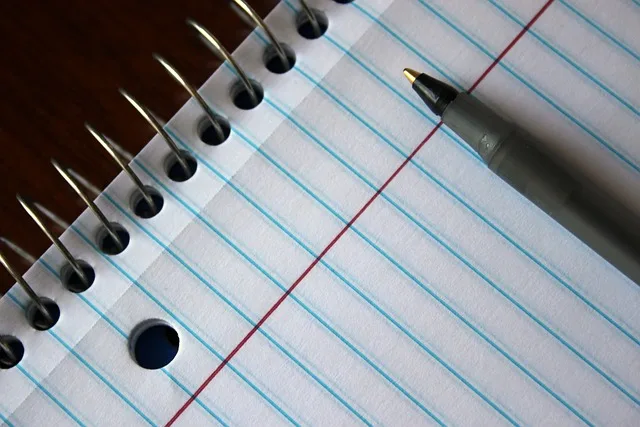| What is the importance of the note-taker? A seemingly minor role within the CMT is that of note-taker. This misleading idea often causes this task to be misunderstood and underestimated. As a result, there are often no candidates for it. But if you think about it, you can fill it quite excitingly. Making a log of the events at the time of a crisis is a critical function for both the CMT and CCT and should be entrusted to a person with a good knowledge of the organization, someone with good stress resistance, maturity and seniority. So what the importance of the note-taker is should be clear to the team. | In this post, I offer my own opinion, not that of any organization. |
Contents
The note taker’s initial assignments
- Follow up on agenda and record decision making.
- Record events in a log document based on a template.
- Provide the CMT with relevant contact information of experts, external organizations, politics, etc. to the extent they are available to it.
- Have an easy access to his own minutes and those of his colleagues (in case of change roles), and be able to provide feedback on the situation as noted at all times. He maintains an overview in support of the CMT
- Marking in the minutes potential lessons learned. Recognize what worked and what didn’t.
- He takes care of the notes of the first and second debriefing and processes them into a report with proposal of improvement actions in collaboration with process supervisor of the CMT and with the CCT.
However, there is more
In some cases, one can keep the team’s discussion out of the log and include only its conclusion in the log. Record the discussion in a separate document, and keep it for legal situations in which it is necessary to be able to indicate the reasoning leading to the conclusion. The team leader can explicitly request this.
In some crisis situations, you need to collect all working documents every few hours. In doing so, it may be helpful that the note-takers are lawyers by training so that they have a good view of the documents, and note with insight what is relevant and important. Here, accuracy and understandable notetaking is more important than the tools used or the form of the log. The texts do need to be available at all times and updates and evolution of events need to be easily and quickly added.
What is of paramount importance here is to practice the procedure of taking minutes. This partly to gain experience with situations, but also to practice the available chosen technology (tools) in terms of their use, and to see if the procedure of taking notes works and if the information flows through to those who need it.
Ineffective procedures usually fail in three areas:
- The information is not available (in a timely manner) when needed.
- Information is not up to date when the team needs it.
- Decision makers fail to see/recognize the moment when they have to deliver the required information.
The latter is dangerous because the log is a chronological record of events and decisions, and processes, and this can become a legal document subject to internal or not so internal scrutiny. The note-taker must anticipate this in advance.
Important characteristics of the note taker
Thus, the note-taker must have a good understanding of his mission and tasks, which he should be practicing often enough. The exercises should include situations of interactions of the CMT with multiple stakeholders at the same time.
The note taker must note the deadlines of the CMT’s assignments, and report when a task is due for delivery. In addition to the deadlines, the note-taker also notes the concrete assignments in a way that is understandable in terms of content, and provides a monitoring of the processes that are in progress on behalf of the CMT. He must be able to report back to the experts at all times what the exact assignment was.
To meet the needs of the experts, the note-taker must follow the decision process of the CMT, and optimize his own work to make the necessary information available.
To this end, they need a very practical format of template to process information, prioritize and note information from multiple stakeholders at the same time. They also need to listen in on the CMT’s conversations with these stakeholders to filter and capture critical information.
Conclusion
Horizontal communication and cross-team communication are thus important added values for rapid crisis response. The note-taker’s focus of who needs what information in what situation is thereby crucial for the effective operation of the experts in the field. Who makes the choice of tools is important in this regard. Which tool to choose is not so important here. What is important is that the note-taker can handle it intuitively. It is therefore best for the notetaker to choose the tool himself.

